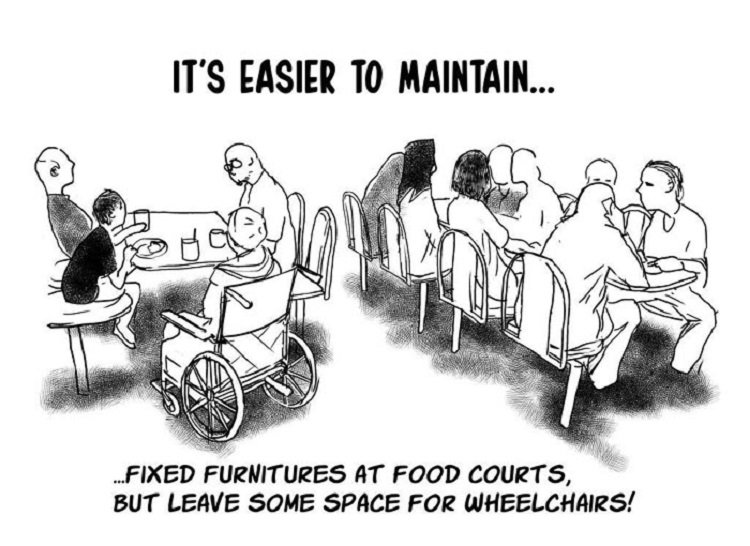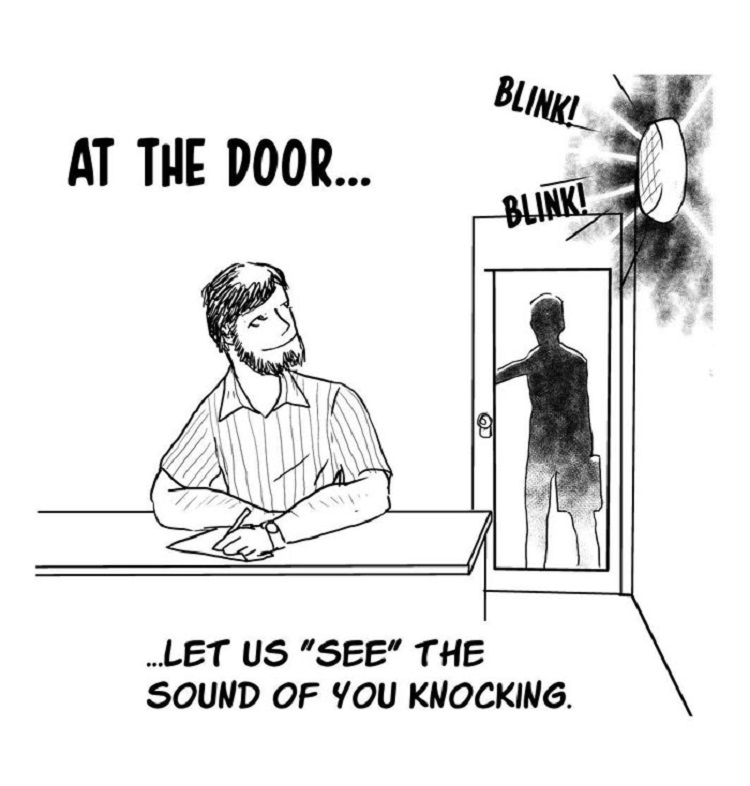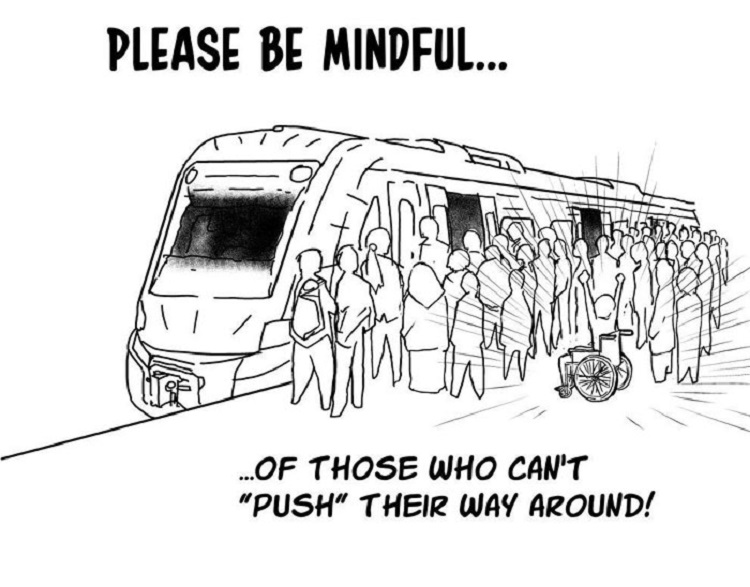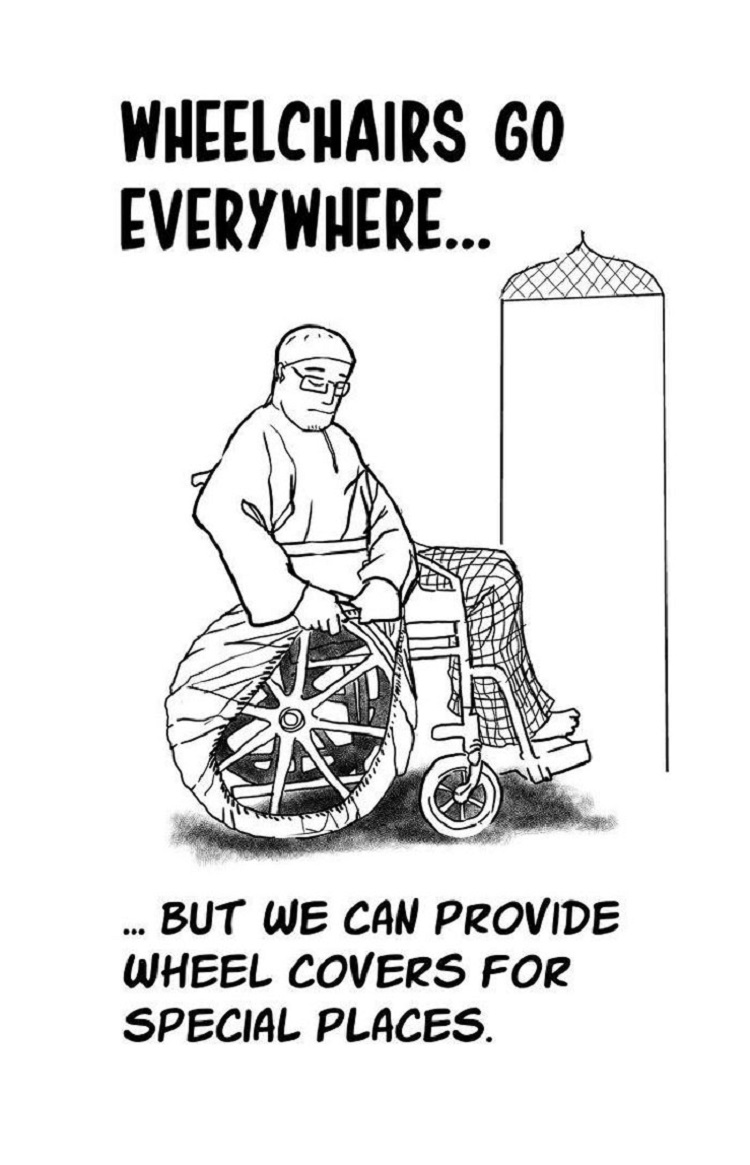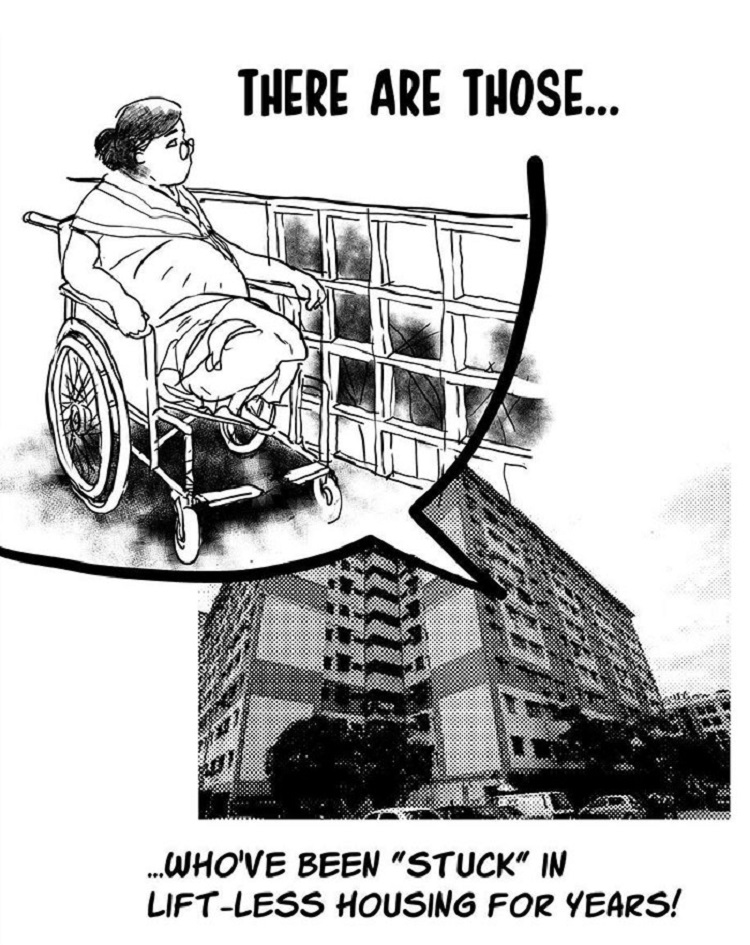Without really thinking about it too much, a lot of us associate physical or mental disability with someone who was born with it.
But that’s just not the case at all.
Most of the time, you don’t know the value of what you had until it’s taken away from you. This doesn’t just apply to things or relationships but also to one’s health (physical or mental), as well. Old age, a serious illness, or an accident can easily leave one disabled, if not for a few months, then permanently.
And usually, it’s only when one is put in that shoe that the struggles of disabled people become evident for everyday tasks that normal people wouldn’t even have given a second thought to. That’s why it’s important to have buildings that are designed to accommodate special access for disabled people.
While this particular point is accepted and generally followed by architects around the world, accommodating special needs often involves investing a little bit more money towards construction.
And unfortunately, property developers tend to value profits more often than not and try to cut corners as much as possible at the expense of proper disabled access. While this may not be as much of an issue in developed nations, the story can be very different in developing nations where regulatory agencies don’t hold as much sway or can easily be paid off to look the other way.
One architect named Azari Mat Yasir got fed up with that situation. He’s been teaching architecture at Universiti Teknologi Malaysia for 18 years now and knows first-hand how the needs of disabled people have been sacrificed in the name of saving money. And that’s why he started illustrating scenes that demonstrate the challenges that disabled people face.
“As architects, we are trained to fulfill the needs of the end user,” Azari said. “However, accessibility needs are almost never a priority in Malaysia, apart from special needs buildings like hospitals. Most architectural programs offered at local universities don’t even emphasize on special needs, or more known as Universal Design, my university included.”
But he wanted to make a difference, starting with his students. “It was after I shared my drawings on Facebook that they gained traction. Now I’m also advocating for universal design in architectural schools in Malaysia, mainly to get it implemented at least by a lecture or two if not become a full subject of its own.”
“On this side of the world, our life expectancy used to be low, barely reaching 60 years,” Azari explained. “So most people would pass before they reached an age where disability becomes much more possible. As a result, Malaysian buildings built in the 70’s and 80’s never really considered the universal design.
But nowadays, our life expectancy has increased to over 70 years, yet the mindset has not changed. Buildings still follow regulations which were set in the 70’s.”
“Of course, to change something that is not easy. But many groups are now moving in tandem to create awareness by engaging the politicians, property developers, and other invested parties. And I’m merely contributing to academia, creating awareness among young architects so they would be ready to tackle universal design issues in the future as well.”
Take a look at some of his drawings. Which ones resonate with you?
#1
#2
#3
#4
#5
#6
#7
#8
#9
#10
#11
#12
#13
#14
#15
#16
#17
Recommended Video!
“Veteran With ALS Gets Out Of Wheelchair To Honor Son At Military Graduation, And It Brings Everyone To Tears”



